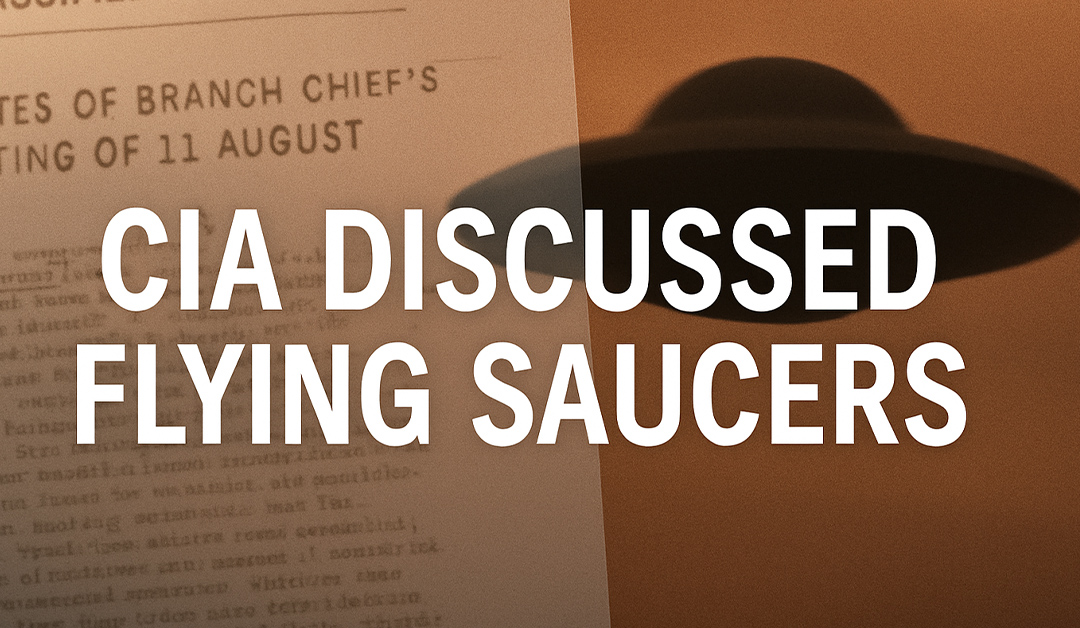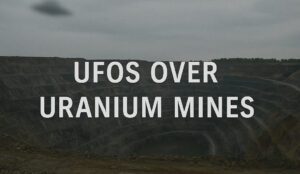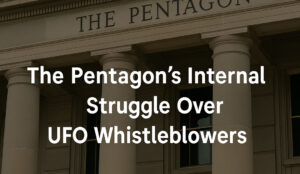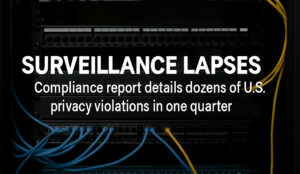A declassified CIA memo dated 11 August 1952 reveals that reports of "flying saucers" were serious enough to be discussed in a formal Branch Chiefs Meeting.
Far from dismissing the phenomena, agency officials expressed concern over both the volume of sightings and their potential exploitation by foreign powers.
The conversation, captured in internal minutes, shows that the CIA was not skeptical, it was alarmed.
📈 "There Is Increased Interest in Flying Saucers"
The meeting opened with a stark observation: reports of flying saucers were on the rise. According to the memo, these reports were:
-
"Frequent and numerous"
-
Coming from "credible sources"
-
Causing enough concern to warrant higher-level intelligence review
The CIA’s Office of Scientific Intelligence (OSI) had been tasked with collecting and evaluating UFO reports, but this memo suggests that the phenomena were starting to outpace the agency’s ability to explain or contain them.
🛰️ National Security and Psychological Operations
The Branch Chiefs discussed whether the Soviet Union could be using flying saucer hysteria as a weapon, not through aircraft, but through disinformation.
The memo references potential "psychological warfare implications", particularly if mass sightings disrupted public confidence or triggered defense responses.
"There is some indication that the Soviets are interested in the phenomenon."
They feared that widespread sightings if misinterpreted could result in:
-
Miscommunication between radar stations and air commands
-
Civilian panic
-
Vulnerability to spoofing attacks or false alerts during military exercises
This wasn’t just about aliens-it was about airspace security.
🔍 CIA Investigative Efforts
The memo outlines how the CIA planned to coordinate with the Air Technical Intelligence Center (ATIC) and other defense agencies to:
-
Analyze credible witness statements
-
Cross-reference reports with atmospheric and radar data
-
Screen out hoaxes and natural phenomena
-
Determine whether any aerial vehicles could be linked to foreign development programs
Importantly, the agency acknowledged that a small percentage of sightings remained unexplained.
Even after rigorous review.
🧠 The Shift Toward Scientific Caution
The tone of the meeting suggested rising internal pressure to scientifically assess the phenomenon, not just dismiss it. Officials were weighing whether:
-
CIA should expand scientific monitoring
-
More resources should be allocated to photographic and radar-based confirmation
-
Public statements should be issued to reduce hysteria without fueling speculation
In short, the CIA was caught between military caution and public curiosity.
A dilemma that would echo into later decades of U.S. government engagement with UFOs.






